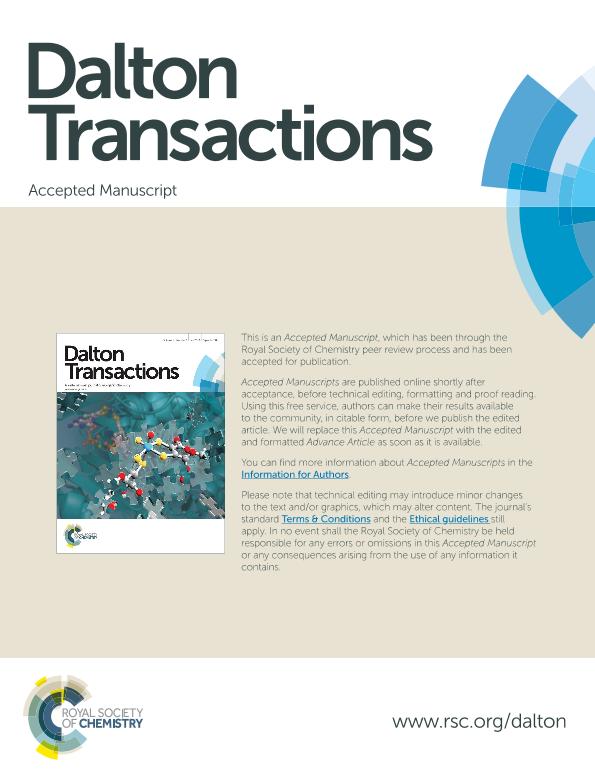Artículo
New amide-chloride phases in the Li-Al-N-H-Cl system: Formation and hydrogen storage behaviour
Fecha de publicación:
03/2016
Editorial:
Royal Society of Chemistry
Revista:
Dalton Transactions
ISSN:
1477-9226
Idioma:
Inglés
Tipo de recurso:
Artículo publicado
Clasificación temática:
Resumen
New amide-chloride phases were successfully synthesized by mechanical milling of the LiNH2-AlCl3 mixture at a molar ratio of 1:0.11 and further heating at 150 °C under argon (0.1 MPa) or under hydrogen pressure (0.7 MPa). Powder X-ray diffraction measurements as a function of milling time increase revealed that the milling of the LiNH2-0.11AlCl3 mixture results in the formation of a FCC solid solution with an excess of LiNH2. Subsequent heating of the LiNH2-0.11AlCl3 sample ball milled for 5 hours at 150 °C under argon or under hydrogen induces the appearance of an amide-chloride phase isostructural with cubic Li4(NH2)3Cl. This Li-Al-N-H-Cl phase transforms progressively into the trigonal phase after prolonged heating at 300 °C under hydrogen pressure. The thermal behaviour of the amide-chloride without and with LiH addition displays dissimilar decomposition pathways. The decomposition of amide-chloride alone involves the formation of ammonia and hydrogen from 120 to 300 °C. Conversely, the amide-chloride material in the presence of LiH only releases hydrogen avoiding the emission of ammonia. The resultant material is able to be rehydrogenated under moderate conditions (300 °C, 0.7 MPa H2), providing a new reversible hydrogen storage system.
Palabras clave:
Hydrides
,
Amides
,
Reversibility
,
New Structure
Archivos asociados
Licencia
Identificadores
Colecciones
Articulos(CCT - PATAGONIA NORTE)
Articulos de CTRO.CIENTIFICO TECNOL.CONICET - PATAGONIA NORTE
Articulos de CTRO.CIENTIFICO TECNOL.CONICET - PATAGONIA NORTE
Citación
Fernández Albanesi, Luisa Francisca; Garroni, S.; Enzo, S.; Gennari, Fabiana Cristina; New amide-chloride phases in the Li-Al-N-H-Cl system: Formation and hydrogen storage behaviour; Royal Society of Chemistry; Dalton Transactions; 45; 13; 3-2016; 5808-5814
Compartir
Altmétricas




